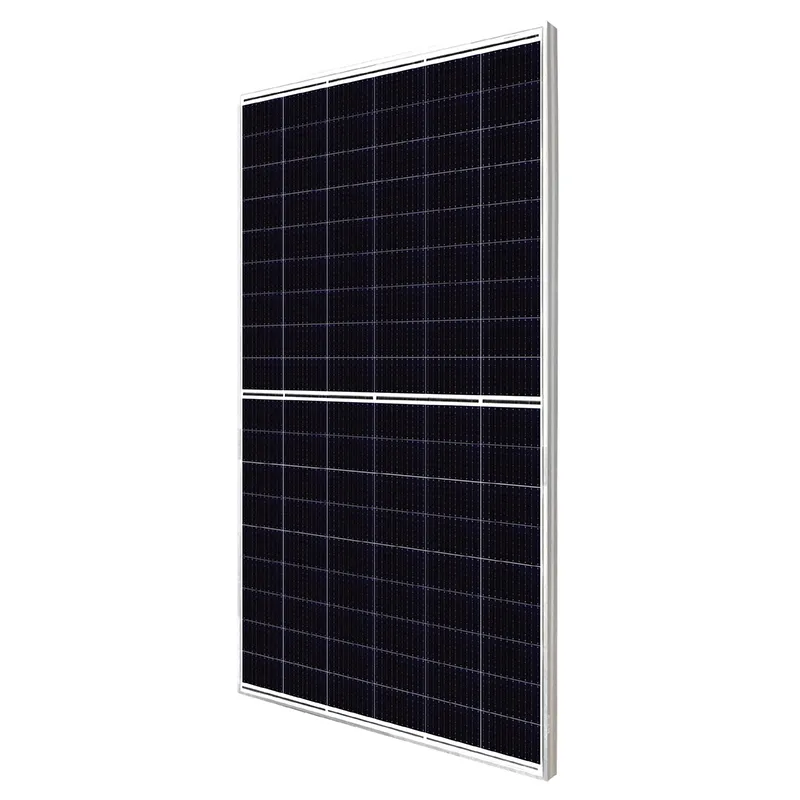Exploring the Benefits of Three-Phase Hybrid Solar Inverter Systems for Efficient Energy Use
Understanding Three-Phase Hybrid Solar Inverters
In recent years, the global shift towards renewable energy has highlighted the importance of efficient solar energy systems. One of the key components in these systems is the inverter, specifically the three-phase hybrid solar inverter. This technology has emerged as a versatile solution for harnessing solar power, offering several benefits for both residential and commercial applications.
What is a Three-Phase Hybrid Solar Inverter?
A three-phase hybrid solar inverter is a sophisticated device that converts direct current (DC) generated by solar panels into alternating current (AC) that can be used to power homes, businesses, and even fed back into the grid. The hybrid aspect signifies that it can work with both solar panels and additional energy sources, such as batteries or the utility grid. This adaptability makes it an ideal choice for users seeking energy reliability and flexibility.
Advantages of Three-Phase Hybrid Solar Inverters
1. Increased Efficiency Three-phase systems are more efficient than single-phase systems, especially in high-load situations. With the ability to distribute power more evenly, they reduce the risk of overloads and enhance performance in larger installations.
2. Scalability These inverters can easily be scaled up to meet growing energy demands. As energy requirements increase or as renewable energy technologies improve, users can integrate additional solar panels or battery storage without needing to replace the entire system.
three phase hybrid solar inverter

3. Energy Management With built-in energy management capabilities, a hybrid inverter can intelligently manage energy flow from various sources, optimizing consumption and maximizing savings. This allows users to prioritize solar energy, utilize stored energy, or draw from the grid based on real-time demand.
4. Grid Independence For those looking to reduce dependence on the traditional energy grid, hybrid solar inverters offer solutions. By incorporating battery storage, users can store surplus energy generated during the day for use at night or during power outages, providing greater energy security.
5. Monitoring and Control Most modern three-phase hybrid inverters come equipped with advanced monitoring systems, enabling users to track energy production and consumption in real time. This feature helps optimize energy usage and provides valuable insights into system performance.
Applications
Three-phase hybrid solar inverters are particularly suited for commercial and industrial applications where energy demands are high, and reliability is crucial. They are also increasingly being used in large residential complexes and multi-unit buildings, allowing residents to benefit from shared solar energy systems.
Conclusion
The transition to renewable energy is facilitated by innovations like the three-phase hybrid solar inverter. With their efficiency, adaptability, and advanced energy management capabilities, these inverters offer a robust solution for achieving energy independence and sustainability. As technology continues to evolve, investing in a three-phase hybrid solar inverter represents a forward-thinking approach to energy consumption, paving the way for a cleaner, more sustainable future. Embracing this technology not only benefits individual users but also contributes to a larger movement towards renewable energy and environmental conservation.
-
String Solar Inverter: The High-Efficiency Solution for Smart Solar EnergyNewsJul.14,2025
-
Revolutionizing Rooftop Energy with the Power of the Micro Solar InverterNewsJul.14,2025
-
Power Independence with Smart Off Grid Solar Inverter SolutionsNewsJul.14,2025
-
On Grid Solar Inverter: Powering the Future with Smart Grid IntegrationNewsJul.14,2025
-
Monocrystalline Solar Panels: High-Efficiency Power for the Future of Clean EnergyNewsJul.14,2025
-
Bifacial Solar Panel: A Smarter Investment for Next-Generation Energy SystemsNewsJul.14,2025







